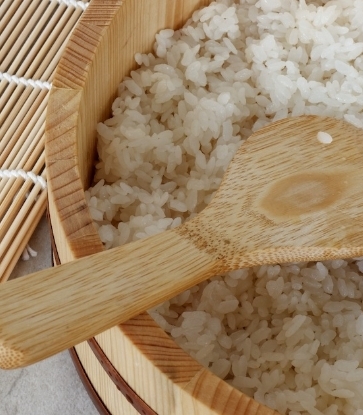This is certainly no ordinary honey. It’s the product of bees that gather nectar from the white blossoms of ancient Leatherwood trees found in the dense forests of Tasmania’s Tarkine region.
Leatherwood honey stands as a much needed contrast in an industry rife with low quality, mistreated or worse, fraudulent products. Aaron Bramich and Mark Nicholaeff – passionate co-owners of an apiary named Tasmanian Wilderness Honeycomb stand at the forefront of not just producing quality honey but educating the masses too.
“These days, many manufacturers place more importance of selling than caring more about the product as it is,” explains Mark.

How Leatherwood Honey Is Made
Good, real honey is a product that tastes pure yet complex – and even contains antibacterial properties. Such characteristics hinges on the terroir that the flowering plant grows in as well as the apiary’s production techniques.
“There are no pollutants, no human inhabitants here,” says Aaron of leatherwood honey’s environment. “It’s an ancient forest that’s very pure.”
This means the trees absorb untainted minerals to grow, flower and eventually produce nectar that the bees ingest.
The process starts in December when the trees began to flower. Aaron and his small army of beekeepers move the hives into area, and the bees start working to harvest the nectar. The trees flower so profusely that from afar, the area looks so almost like it’s covered with snow.

To carry the nectar back into the hive, the bees ingest it, mixing the liquid with proteins and enzymes in their stomachs. This is the source of honey’s antibacterial properties – a mixture that is then deposited into honeycomb cells.
These antibacterial properties have been known to mankind since ancient times and have been used to treat wounds as well as sore throats. That’s one reason why the home remedy of lemon and honey works.
Unfortunately, most of today’s products have lost such characteristics as manufacturers heat honey during production which destroys the enzymes.
“90 per cent of the world’s liquid honey is heated,” explains Mark. “People spin the honeycomb frame to get the honey out. To do that, many manufacturers heat the honey or it won’t come out.”
In contrast, Aaron and Mark consciously avoid the heating process by selling unprocessed honeycomb instead of mass producing liquid. The little liquid they produce is derived from cutting the honeycomb frame into smaller pieces to sell. When cutting the comb, liquid bleeds from the cut cells and they sell this bled liquid thus avoiding the heating process. Therefore, those that would like to obtain the true medicinal effects of honey are advised to go for the actual honeycomb or their liquid honey.
Either way, it’s manual time-consuming labour – one that’s fueled by a respect for produce and passion for what they do. This also means that quantities are limited – just 20 tonnes in a good year. Those of us who prize exclusivity and quality above all else might find it that much sweeter.






















